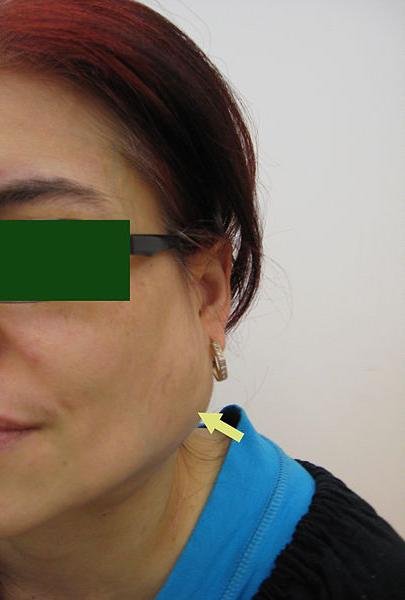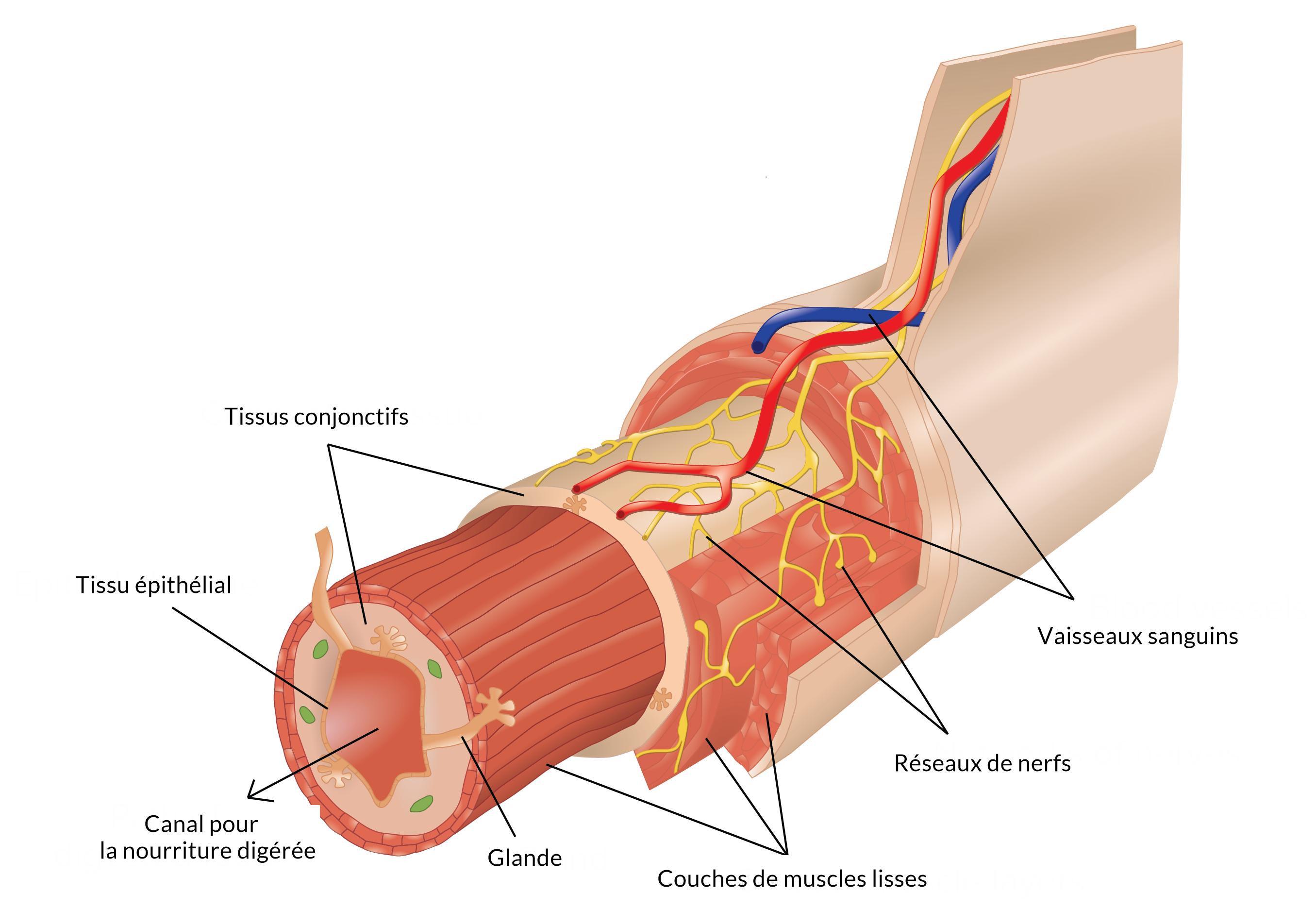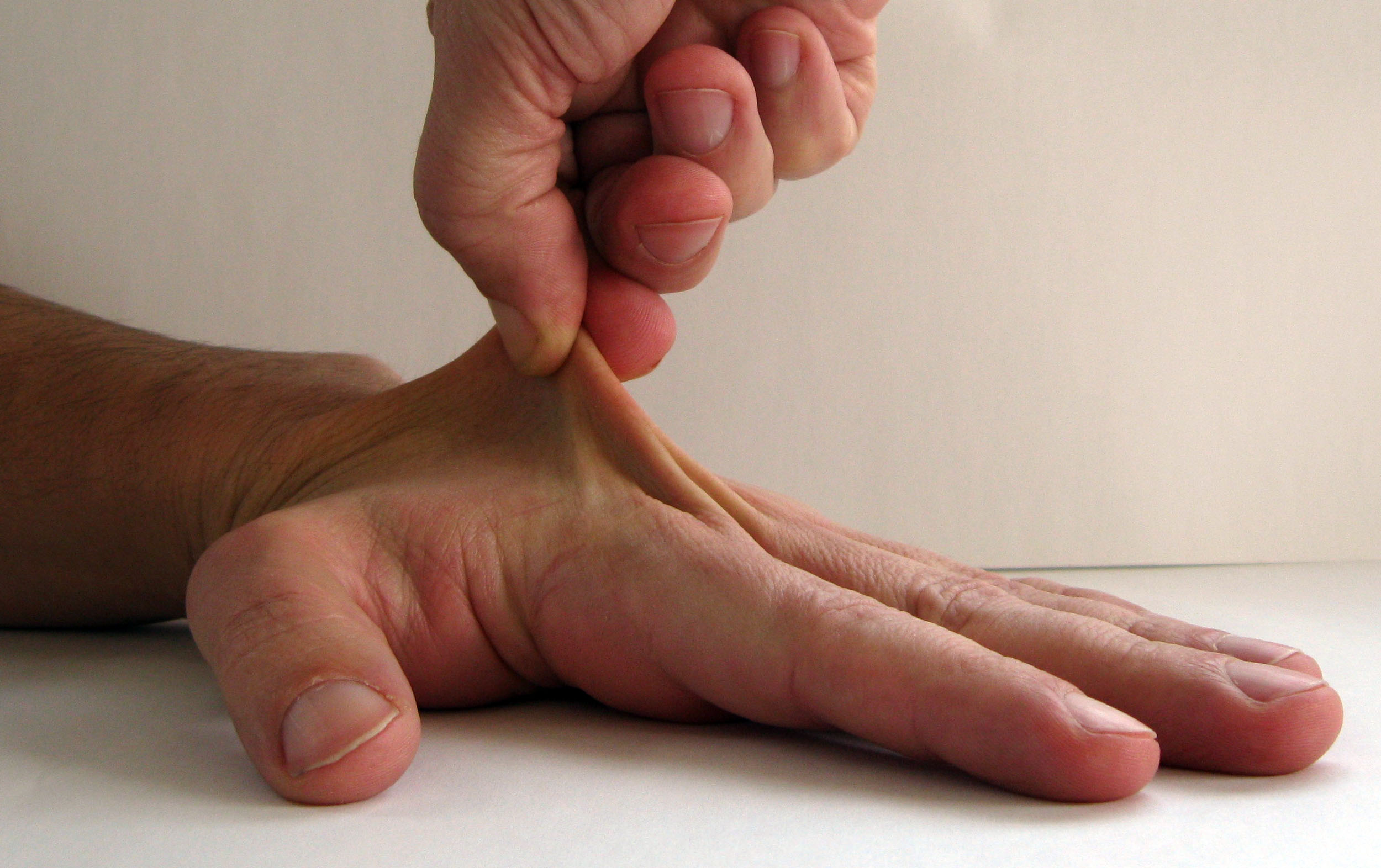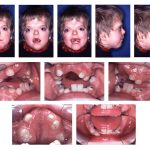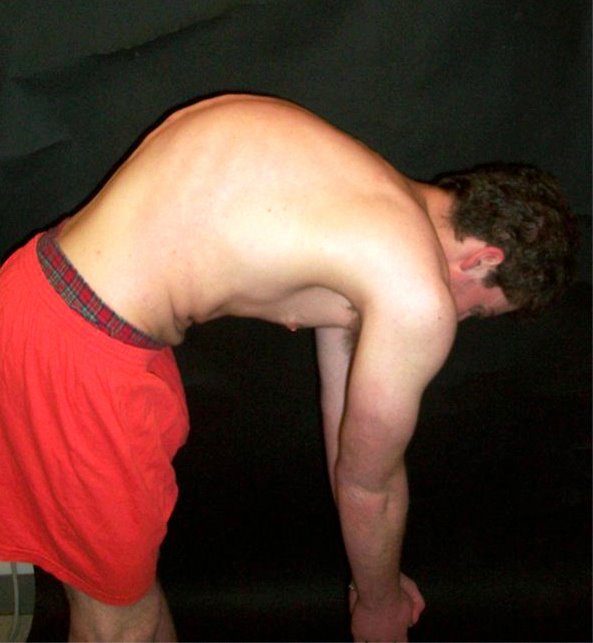Le Gougerot-Sjögren syndrome, also called dry syndromeIs a chronic disease original autoimmune. It is characterized by dryness of the mouth, eyes and also other mucous membranes. Sjogren's syndrome touches people de all ages as well as all ethnic backgrounds. The disease most often appears after the age of 45, but it can also be seen in children and young adults. If you want to know everything about this disease, then stay until the end of this article.
Definition of Sjögren's syndrome
Le Gougerot-Sjögren syndrome is a chronic autoimmune disease characterized by lymphoid infiltration of salivary glands et lachrymal responsible for a dry mouth et ocular (by production of autoantibodies).
This damage to the exocrine glands (glands secreting fluids in the skin or mucous membranes) is linked to a immune system reaction against certain constituents of the organism. White blood cells (lymphocytes) infiltrate the glands that secrete these fluids. Then they destroy them.
Symptoms are caused by a insufficient production of secretions from these exocrine glands. It is also called "dry syndrome", because of the dryness of the eyes and mouth, which are the glands most commonly affected.
The disease also affects other parts of the body, including the joints, muscles, nerves, or glands like the thyroid. There is also a decrease in sweat, sebum, but also infiltration and inflammation in other organs such as the lungs, kidneys or even small vessels.
This syndrome owes its name to the Swedish ophthalmologist Henrik Sjögren, who was the first to describe it in 1933. Gougerot-Sjögren syndrome is a rare disease affecting less than one in 10 adults. affected than men. The peak frequency of the disease is around 000 years.
The disease can manifest from 2 ways :
There are the so-called "primitive" forms, which are isolated (i.e., not associated with any other disease). About 93% of those affected are women, and symptoms usually appear around the age of 50.
And the so-called “secondary” forms, which are seen in people with another connective tissue disease such as systemic lupus erythematosus, scleroderma, or rheumatoid arthritis.
What causes this autoimmune disease ?
Sjögren's syndrome is an autoimmune disease that occurs when the immune system (human body's defense system) is disrupted.
In Sjögren's syndrome, the white blood cells (lymphocytes) of the immune system attack the glands responsible for lubrication and other tissues in the body. It triggers a inflammatory response when there is no foreign substance to fight.
La exact cause the abnormal autoimmune response in Sjögren's syndrome is unknown.
While it is not yet known what triggers this immune system reaction, researchers suspect that it could be due to several factors, including the viral infections, hormonal changes and stress. Some theories suggest that a virus or bacteria can alter the immune system, causing it to attack the glands.
Some researchers also evoke the hypothesis of genetic or hereditary factors, because we sometimes observe in the family of people with Sjögren's syndrome, other conditions related to connective tissues, such as systemic lupus erythematosus, rheumatoid arthritis, inflammatory myopathies or scleroderma.
What are the symptoms of this syndrome?
The symptoms Sjogren's syndrome vary from person to person.
Dry mouth and eyes are the most common symptom seen in the early stages of the disease. They appear slowly.
In people affected by this autoimmune disease, the decrease in the amount of saliva in the mouth can make it difficult to chew and swallow dry food. Dry mouth also makes speech more difficult.
At eye level, drought can cause burning sensation or itch. The eyelids often stick together in the morning, and the eyes are more sensitive to light. You may also feel like you have sand in your eyes.
The dry syndrome can be complicated at the ocular level by blepharitis or keratitis. At the oral level, it can be complicated by damage to the gums, cavities, dental mobility, mouth ulcers, oral superinfections in particular by mycoses (infections by fungi).
People with Sjögren's syndrome may also have swollen salivary glands, most often along the lower edge of the jaw. This swelling may or may not be painful, and may occur on one or both sides of the jaw.
Extra glandular manifestations such as fatigue, pain (muscles and/or joints, especially small joints) as well as disorders in other parts of the body such as blood vessels (red spots on the skin), nervous system and other organs may also occur.
Sometimes, the telltale sign or symptom of Gougerot Sjögren's syndrome is quite different, swelling of the parotid glands for example. But it is much rarer.
A person does not experience all the symptoms of the disease. He may very well feel only one or two signs. The evolution of the disease is slow and different for each person.
How is the diagnosis of sicca syndrome made? ?
Le diagnostic is difficult, because the person may not have all the symptoms of the disease. Some of them can even be linked to other pathologies.
The doctor therefore questions the patient on his general state of health, on the types of medication he takes, on the diet and on the quantity of water or other liquids consumed daily.
To establish the diagnosis, certain ocular (such as Shirmer's test) and/or oral (salivary flow) tests can be used. The doctor may also use blood tests (to look for the presence of abnormal anti-SSa or anti-SSb antibodies) and, if necessary, a biopsy of the salivary glands.
The CETA classification criteria (American European Consensus Group) make it possible to define affection et currently serve as the basis for the diagnostic.
Eye symptoms
- Daily, persistent and bothersome feeling of dry eyes for more than 3 months.
- Frequent feeling of “sand in the eyes”.
- Use of artificial tears more than 3 times/day.
Oral symptoms
- Daily feeling of dry mouth for more than 3 months in adulthood, swollen salivary glands repeatedly or persistently.
- Frequent consumption of liquid to swallow dry foods.
Ophthalmological clinical signs
Shirmer's test is less than 5 mm in 5 min. This is a test that measures the amount of tears secreted in 5 minutes after irritation by a strip of filter paper placed under each lower eyelid.
Autoantibody research
Blood tests can detect abnormal antibodies, including anti-SSa or anti-SSb, antibodies found in people with Sjögren's syndrome.
histology
Histopathology is assessed by biopsy of the salivary glands of the oral mucosa. Salivary gland biopsy is usually reserved for patients in whom the diagnosis cannot be made by self-antibody testing or when a major organ is involved.
The diagnosis of histopathological involvement is confirmed if the labial salivary glands show multiple lymphocyte and plasma cell foci associated with atrophy of the acinar tissue.
Salivary gland damage
- Saliva scintigraphy.
- Parotid scintigraphy.
- Salivary flow without stimulation <1,5 mL/15 min.
Exclusion criteria
It is obviously necessary to eliminate the differential diagnoses: dry syndrome of other origin and in particular medicinal, preexisting lymphoma, AIDS, sarcoidosis, Hepatitis C, other connectivity…
Le diagnosis of Sjogren's syndrome is based on all the information gathered by the doctors, in particular the symptoms, the results of physical examination and the results of all the analyses.
Treating Sjögren's syndrome: what to do ?
There is no curative treatment of Sjögren's syndrome, but symptoms can be treated et relieved. The goals of treatment are to decrease discomfort and reduce the harmful effects of dryness.
Le treatment of Gougerot Sjögren's syndrome uses several therapeutic methods.
A healthy lifestyle
To alleviate the symptoms of a dry syndrome, it is necessary to avoid the smoke, ambient dryness, wind, prolonged reading and medications that cause dryness. In other words, all factors that can promote the syndrome should be avoided.
On the other hand, it is advisable, depending on the symptoms,apply saliva substitutes as well as tear. Careful mouth care is also advised (to prevent infections). Toothpastes and oral gels are available for people with dry mouth. These products may also have an antibacterial action to reduce the severity of dental caries over long periods.
A medicine to fight against the inconveniences
For pain, one can use the simple analgesics or has themnonsteroidal anti-inflammatory drugs, avoiding those that dry out the mucous membranes (including morphine and antidepressants).
Basic treatments
Le methotrexate and leflunomide are mainly used in case of polyarthritis.
Le cyclophosphamide, it is especially to overcome an acute complication (neurological impairment, multineuritis, glomerulonephritis, vasculitis).
Alternatives can be a immunosuppressive associated with intravenous immunoglobulins.
The corticosteroids are recommended in the event of visceral complications (most often in combination with immunosuppressants).
Biotherapies and monoclonal antibodies
The anti-B cells (mainly anti-CD-20) show promising results, particularly in recent (< 10 years) and severe forms with extraglandular involvement.

